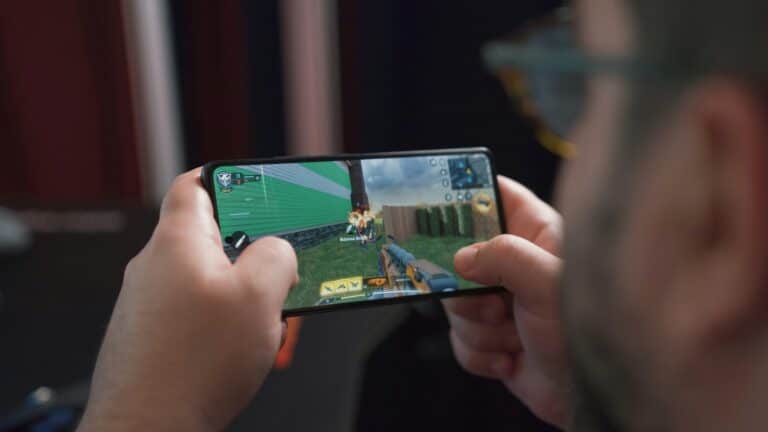The mobile gaming industry has witnessed exponential growth over the past decade, with battle royale games emerging as a dominant genre on handheld devices. This surge is driven by advancements in mobile technology, evolving player preferences, and the accessibility of competitive multiplayer experiences on the go. In this analysis, we explore the most popular battle royale titles available on mobile platforms, examining their gameplay mechanics, user engagement metrics, monetization strategies, and overall impact on the gaming ecosystem. By dissecting these factors, we aim to provide a comprehensive understanding of what drives success in the mobile battle royale market and identify trends that may shape its future trajectory.
Table of Contents
- Comparative Analysis of Gameplay Mechanics and Player Engagement Key Performance Metrics and Their Impact on User Retention Monetization Strategies and Economic Models Across Leading Titles Optimizing Player Experience Through Interface Design and Network Performance
- Final Thoughts
Comparative Analysis of Gameplay Mechanics and Player Engagement Key Performance Metrics and Their Impact on User Retention Monetization Strategies and Economic Models Across Leading Titles Optimizing Player Experience Through Interface Design and Network Performance
Mobile battle royale games differentiate themselves through distinct gameplay mechanics that significantly influence user retention and monetization success. Core features such as resource management systems, dynamic environmental hazards, and combat diversity create varied player engagement loops. For example, titles integrating real-time weather changes and adaptive AI opponents tend to maintain higher session durations. Meanwhile, games with simplistic control schemes paired with intuitive UI designs report increased retention rates, especially among casual demographics. Optimization of network performance simultaneously ensures seamless multiplayer interactions, reducing latency-related frustrations and preventing drop-offs during critical gameplay moments.
Key performance metrics clearly outline how interface design impacts monetization and economic models. Titles that employ subtle in-game prompts and strategically placed microtransaction offers foster increased user spending without compromising gameplay fluidity. The table below summarizes critical KPIs drawn from leading mobile battle royale titles, illustrating the interplay between interface sophistication, player engagement, and revenue streams:
| Game Title | Average Session Length (mins) | Retention Rate (Day 7) | Average Revenue per User (ARPU) | Network Latency (ms) |
|---|---|---|---|---|
| Phantom Strike | 28 | 44% | $3.75 | 55 |
| Zero Drop | 22 | 39% | $2.90 | 47 |
| Battle Haven | 31 | 48% | $4.20 | 53 |
- Intuitive UI: Enhances player decision-making speed, resulting in longer engagement.
- Network Stability: Minimizes disruptions, crucial for competitive integrity and user satisfaction.
- Monetization Placement: Balanced integration avoids gameplay interruptions while maximizing conversions.
Final Thoughts
In conclusion, the mobile battle royale genre continues to evolve rapidly, driven by technological advancements and shifting player preferences. By examining the most popular titles, it becomes clear that success in this competitive landscape hinges on a delicate balance of intuitive controls, engaging gameplay mechanics, and regular content updates. Furthermore, understanding regional trends and monetization strategies provides valuable insights into how these games maintain player retention and profitability. As mobile hardware and network capabilities improve, the future of battle royale games on mobile platforms promises even more dynamic experiences, making ongoing analysis essential for developers and industry stakeholders alike.

